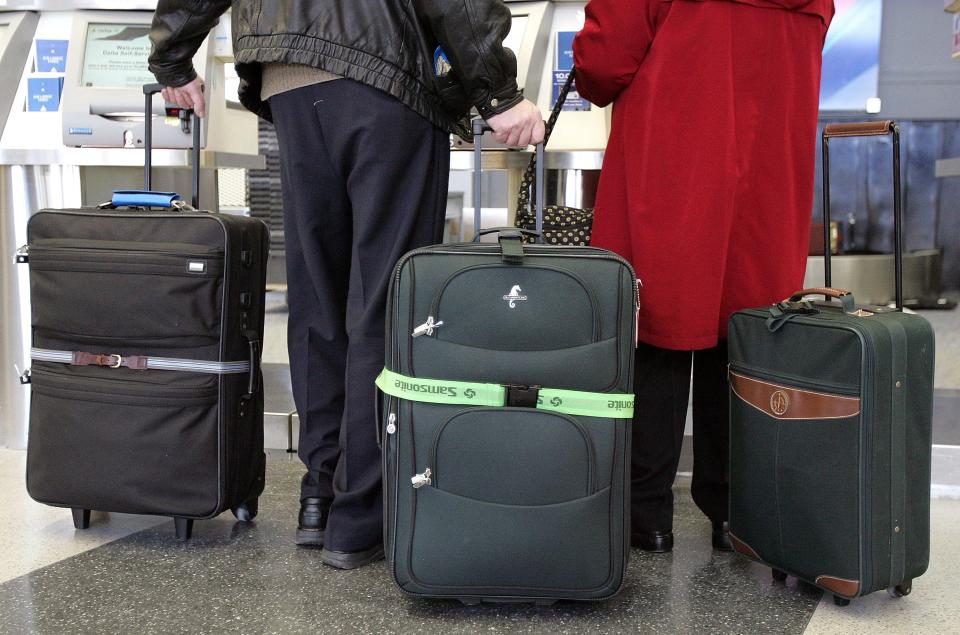Here's why European airlines keep going bust

Iceland’s Wow Air just joined a growing list of European airlines that have gone bust in the last two years, which begs the question: What the heck is happening?
Britain’s Flybmi and Germany’s Germania both folded last month, following in the failed footsteps of Monarch Airlines, Primera, Air Berlin and Cobalt.
Aviation experts say issues including over-capacity, tough competition, higher fuel costs and the introduction of new long-haul planes have contributed to the failure of various small carriers.
Plus, the winter months are known to be lean in the industry as passengers simply don’t take as many holidays.
“Airlines effectively burn cash over the winter season. Profit peaks in the summer,” said Mark Simpson, an airline analyst at Goodbody Stockbrokers.“You tend to see, over the winter months, that this is when airlines go bust.”
Europe is known as a cut-throat market with large, efficient competitors including Ryanair (RY4C.IR, RYA.L) and EasyJet (EZJ.L), along with legacy airlines such as Air France-KLM (AF.PA), Lufthansa (LHA.DE) and British Airways owner IAG (IAG.L).
“Ultimately the main problem really is too much capacity in the industry,” said Alex Irving, a transport researcher at the financial services firm, Bernstein.
A recent spike in jet fuel costs in late 2018 also created pain in the industry.
Small airlines like Wow Air are particularly vulnerable to spikes in jet fuel costs as they lack the required scale to negotiate discounts.
“If you’re a small airline, you don’t have the ability to hedge,” said Simpson
Competitive pressures
The recent introduction of efficient, long-haul planes such as the A320neo from Airbus (AIR.PA) and the 737 Max from Boeing (BA) also contributed to Wow Air’s demise, said Sandy Morris, an aviation analyst at Jefferies.
Within a short time span, competitor Norwegian (NAS.OL) began offering non-stop transatlantic flights for a very competitive price, making it less desirable to have a cheap Wow Air flight with a stop-over in Iceland.
“Sometimes you get a new aircraft that comes along that allows others to introduce competition when previously there was none,” he said.
“Flying from Europe to the US through Iceland was a jolly interesting, cheap way of doing it. Now you have these 737 Max and A320neo [planes] that can fly directly from Europe to the east coast of the USA. You don’t need to stop in Iceland. Wow was trying to respond to this, but ultimately, the market isn’t big enough to share.”
Morris also said Wow Air’s business model was simply not up to scratch.
“You have to start with a sound business model,” he said, noting that this is another big factor behind the demise of many small players.

 Yahoo Finance
Yahoo Finance 